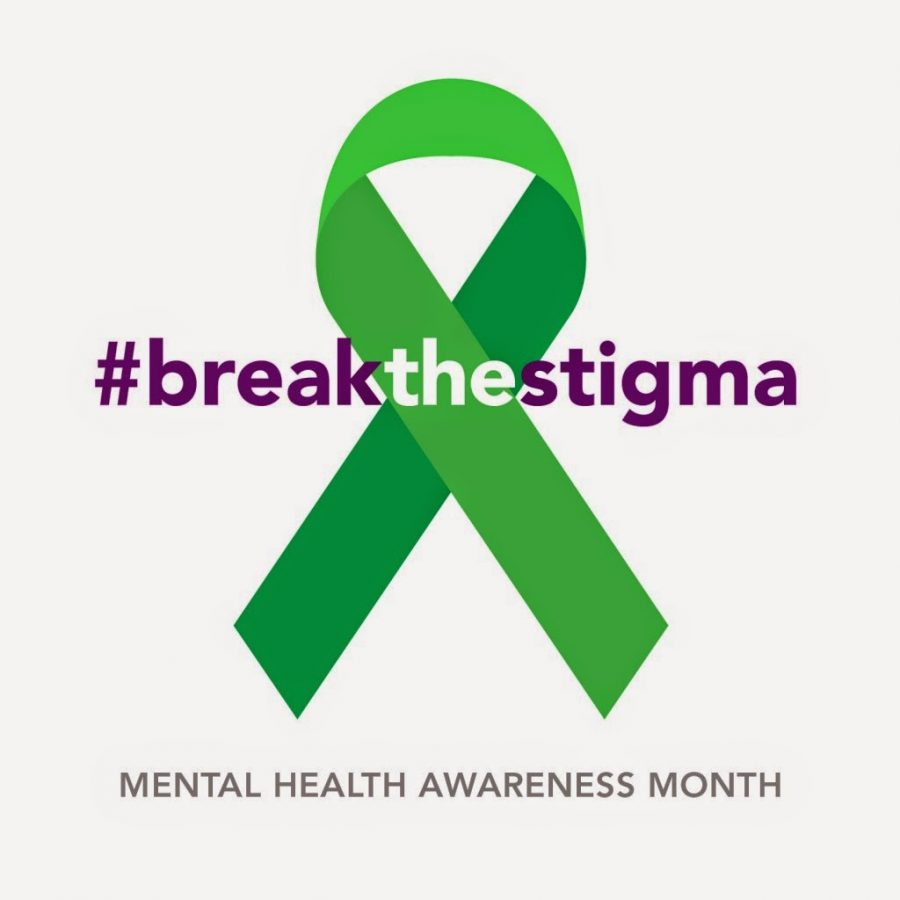Mental Health and the Stigma Surrounding
May 19, 2019
Being a teenager is tough. School, family, and the need for a social life are all difficult to balance. However, mental health is a mystery to many of them. Students aren’t taught enough about it, teachers and counselors shy away from it, and parents aren’t always the most comfortable option to talk to about it. But where can students ask the questions they need to in order to have a healthy state of mind?
Mental illness is a medical condition that causes disorder to the mind, personality, or emotions. It hinders a person’s ability to function normally on a psychological level and affects their interactions with their environment, according to the Merriam-Webster Dictionary. In the United States, 1 in 5 teenagers currently has a serious mental illness, as recorded by TeenMentalHealth.org. Ranging from anxiety and depression to bipolar disorder and post-traumatic stress disorder (PTSD), mental illnesses affect a large portion of American youth. Despite the struggles that come with these conditions, there are many ways to manage them. In addition, the stigmatization of this issue impacts adolescents and how they view mental health.
Senior Lexi Godsil, the founder of the Projects for Positivity club here at the high school, recalls a time when she didn’t know enough about mental illnesses and depression. She explains, “I physically couldn’t talk about [my depression] because I felt like it was normal, and I felt like feeling really down all the time, feeling empty a lot. I thought that that was a normal thing until I learned what depression was.” Evidently, it’s crucial for mental health to be discussed more openly and in a positive light. Once society begins to talk more about it and how it’s viewed, more people can monitor their mental health and recognize when they need help. As a result, the stigma surrounding mental health will dwindle, and the topic can be more freely discussed and treated.
Media also plays a role in the stigmatization of mental health in various ways. A student here at Tahoma, who struggles with their mental health, recognizes that social media has the ability to impact body image issues and make people feel left out. Media can also romanticize illnesses, such as anxiety and depression. Godsil further explains that although it encourages more awareness about the issue, it also ignores or misrepresents those who struggle. The effect media has on the stigmatization of mental health differs depending on the situation, but it must be positive to be beneficial.
Mental health is different for everyone, and there’s no ‘one way’ to cope with it. Some people may choose medication and therapy, while others prefer to manage it on their own. Despite the varying approaches, there are ways that are applicable to anyone. Godsil highly recommends maintaining communication with trusted people, while the student suggests taking a walk to focus on breathing and reassessing the situation. They also state, “your bed can be your best friend for a while,” but it’s important to get up and ‘experience life’. Depending on the situation or illness, a combination of techniques can prove to be effective. It’s simply best to try things out and see what works.
This is only the beginning awareness of mental health. Starting a conversation now is vital in this process, and it can prove to save many lives. Help break the stigma, so that it isn’t a larger issue for the generations to come.
Resources Available:
- Crisis Text Line: text START to 741741
- National Suicide Prevention Lifeline: 1-800-273-TALK (8255)
- National Eating Disorder Association: 1-800-931-2237
- National Alliance on Mental Health: www.nami.org/Find-Support/Teens-and-Young-Adults
- Teen Link: 206-461-4922
- There are also mental health therapists provided at the high school.



